African American Cultural & Historical Museum
Introduction
Text-to-speech Audio
Images
The David R. Byrd Center, currently the home of the AACHM
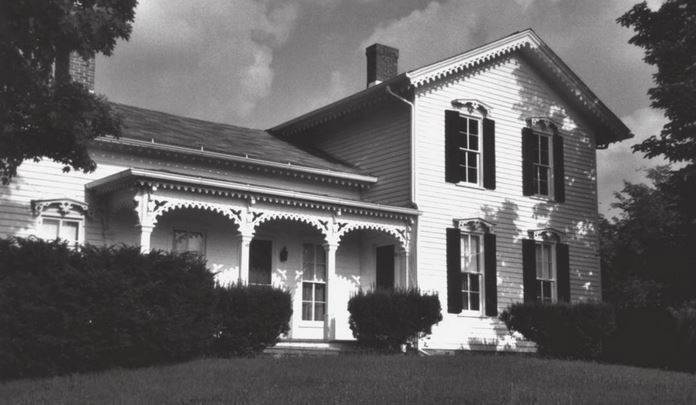
The future home of the AACHM is located at 1528 Pontiac Drive. It is expected to be under construction until 2017.

Some of the founders and board members of the museum
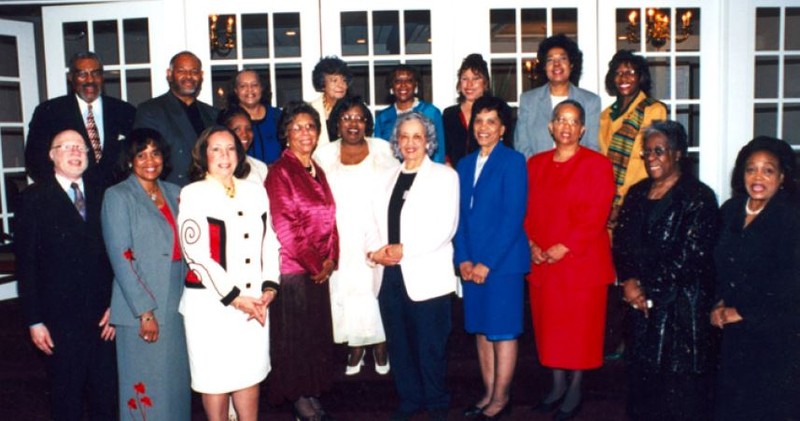
Article announcing the creation of the museum in 1993
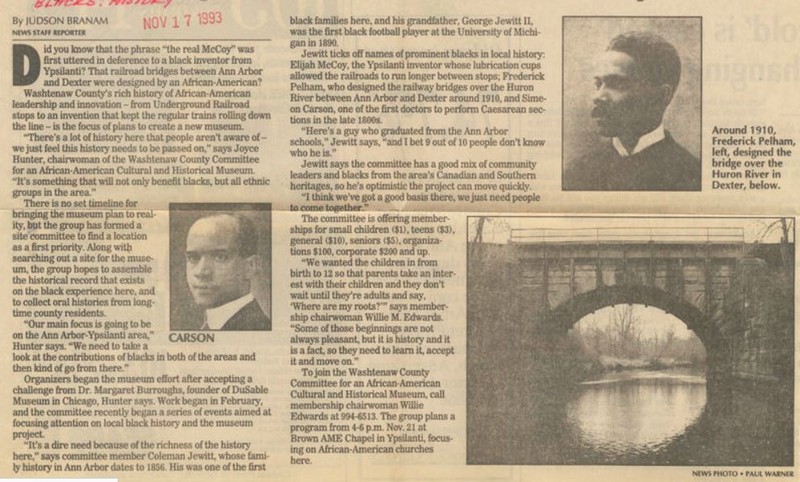
Visitors on the Underground Railroad Tour, one of the museum's most popular and important programs
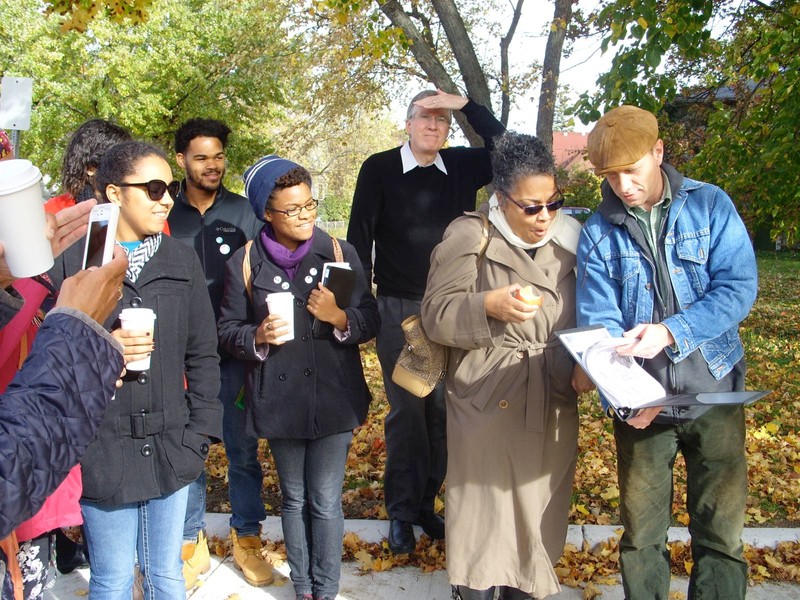
On the Underground Railroad Tour, a boy investigates a small room below a trap door, believed to house fugitive slaves
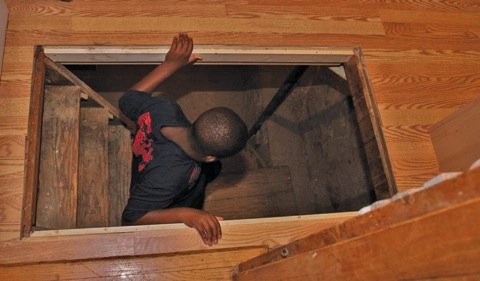
A temporary exhibit on the Aray family, conductors on the Underground Railroad, including a prized gourd doll made by one of the Aray family members that was recently donated to the museum by a descendant
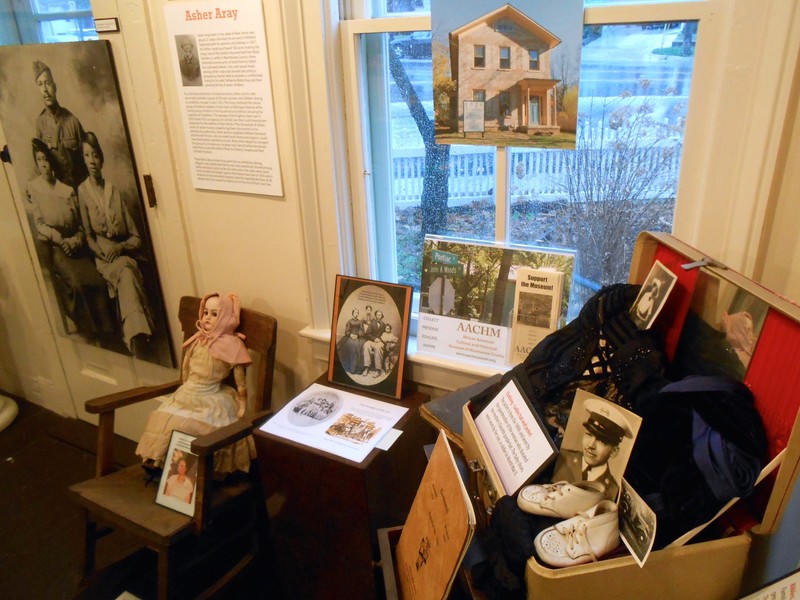
The "Race in This Place" exhibit was created by AACHM and on display at the University of Michigan Museum of Natural History in 2013
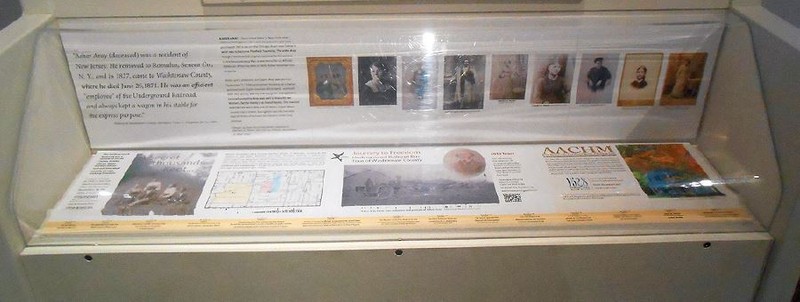
Local festival attendees read educational placards made by AACHM
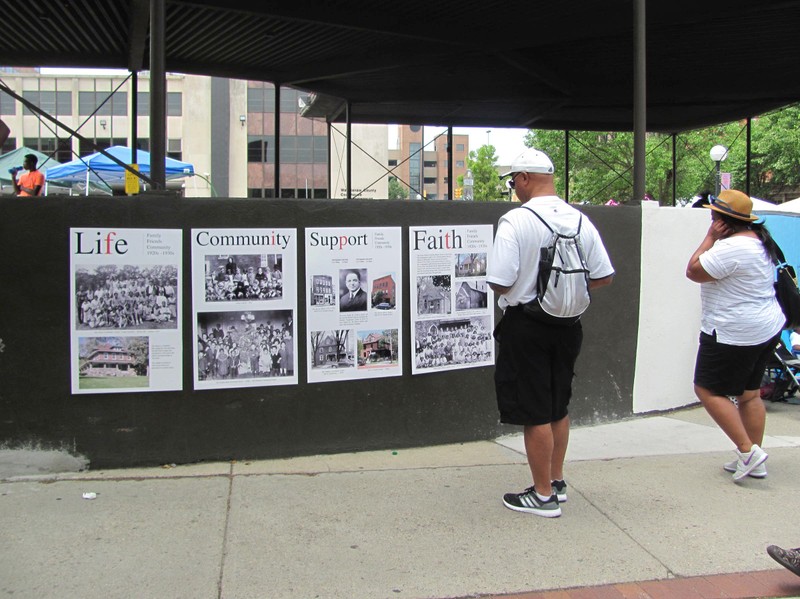
Educational labels used by AACHM for traveling exhibits
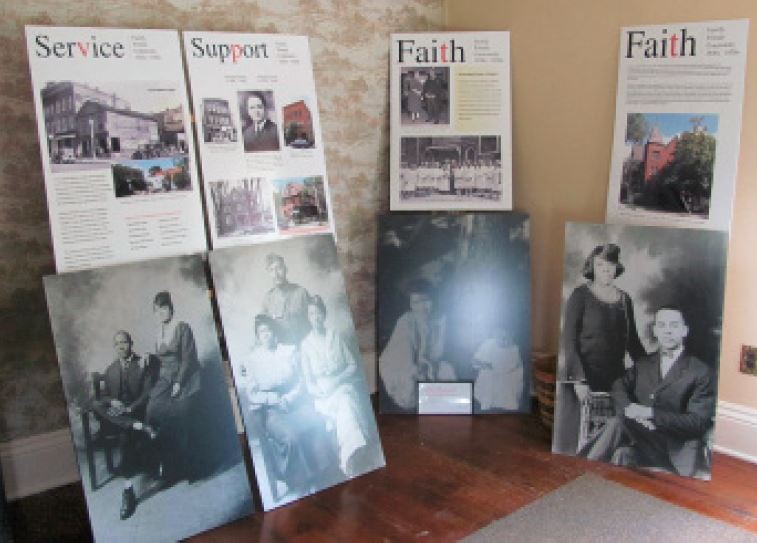
The future home of the museum is an 1848 historic home that was moved from downtown Ann Arbor to Pontiac Trail
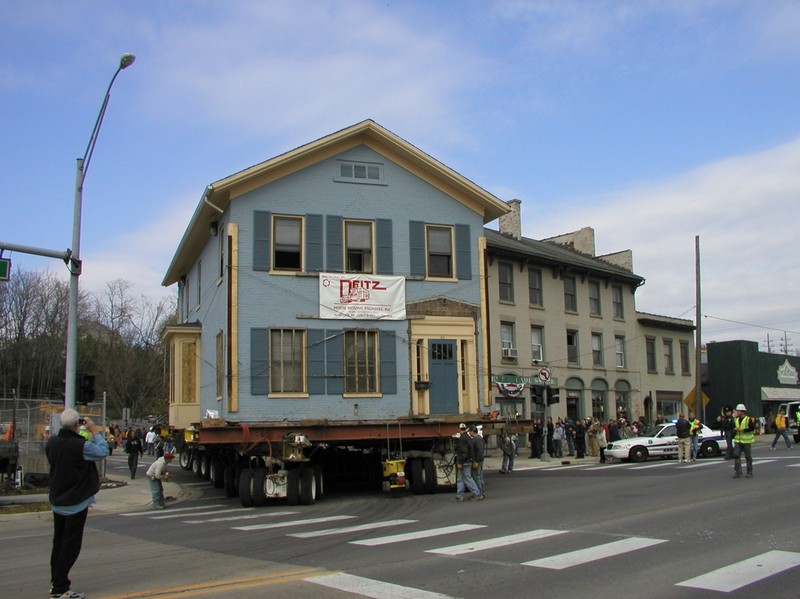
Construction continues on the future site of the museum
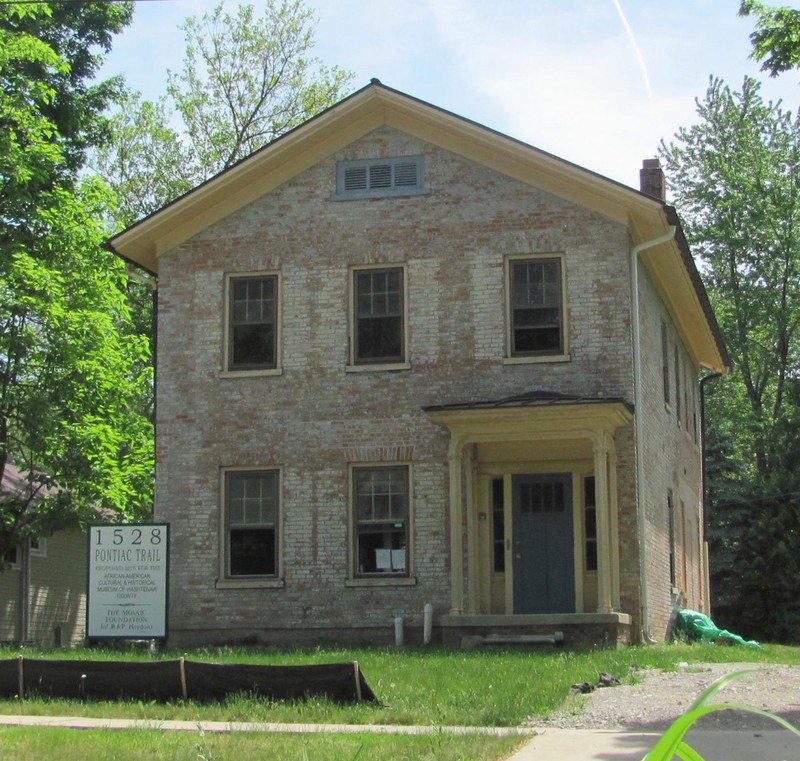
Backstory and Context
Text-to-speech Audio
Since its founding, AACHM has worked with other institutions and events in the area to create temporary traveling exhibits and to provide educational opportunities on African American history. While the new museum building is being renovated, volunteers are actively seeking out donations of artifacts and archives to build the museum’s collection. One of the museum’s most prized artifacts is a gourd doll made by a descendant of Asher and Catherine Aray, African American pioneers who moved to the area in 1827 and were conductors on the Underground Railroad.3 One of the museum’s main programs is “Journey to Freedom,” a guided bus tour of Underground Railroad stops in Ann Arbor. Other tours and presentations cover the role of African Americans in the Civil War, Emancipation Day, and historic Ypsilanti.4 The museum’s Living Oral History Project records interviews with elderly Washtenaw County residents to document the lives of African Americans during the 20th century. The project is the result of a grant from the Michigan Humanities Council, in collaboration with the Ann Arbor District Library, and will serve as the base of an exhibit at the new museum building.5 AACHM also hosts a Focus on the Arts Program covering African American arts, literature, and music. An annual Evening of Dinner and Jazz fundraiser is put on every December.4
